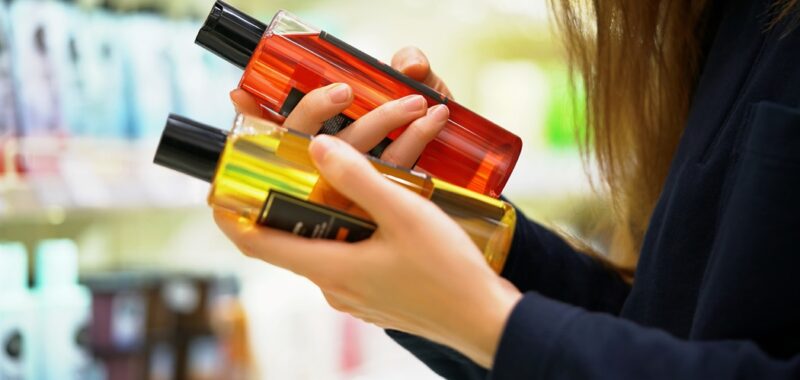According to market research firm Kline + Company, the global beauty ingredients market – made up of commodities, specialty ingredients and active ingredients – was now worth just over EUR 26 billion or just under USD 30 billion. Specialties still made up the bulk of beauty ingredients, at around EUR 18.5 billion (USD 21 billion), according to the firm, with commodities representing 20-30% and actives 10%.
But it was a market that had evolved significantly over the past five years, according to Nikola Matic, VP of chemicals and materials research at Kline + Company.
A ’reshaped’ competitive landscape
Addressing attendees at this year’s in-cosmetics global 2025 in Amsterdam earlier this month, Matic said there had been a lot of shifts in consumer behaviours and supply chains in the wake of COVID-19 along with high global inflation that had created plenty of change in ingredients.
“Many ingredient consumers–the brands and manufacturers of cosmetic products–have looked at having more dense portfolios and supply of ingredients. They’ve accumulated many new suppliers and that has reshaped the competitive landscape when it comes to ingredients,” Matic explained.
Brands and manufacturers had diversified portfolios when supply chains regained normal function post-COVID, not only because it was possible, but also to combat cost sensitivities amidst ongoing inflation, he said. And this had led to a “complete reshuffle of the cards” on the supply side of beauty – not seen for the last two decades – with numerous new companies surfacing, he said.
Lots of new beauty ingredient suppliers were coming out of the Far East region of Asia, for example, like China and India, and taking market share from traditional, larger Western chemical companies, Matic said. “This is a new reality that we expect to continue. And by the way, this has also had a very important side effect: the importance of distributors in this market has increased over the last few years.” According to Kline + Co, India, in particular, had grown shares significantly in specialty cosmetic ingredients over the past five years; now the fourth-largest global market for specialties behind Europe, the US and China.
So, as supplier competition ramped up, Matic said it was crucial ingredient companies kept up to speed with market trends and innovated accordingly.
Sustainability, longevity, and aesthetics
Sustainability, Matic said, was now a “prerequisite” to all other market trends in beauty. And for ingredient suppliers, this meant leaning fully into green chemistry principles and biotech to advance innovations, he said. “What we’ve seen is sustainability is impacting different parts of the formulation in new and unique ways. The more you can, as a brand, market your ingredient around sustainability, naturality, or biodegradability, the better.”
Bringing natural alternatives forward to replace the likes of surfactants, emollients and modifiers, he said, would be beneficial for suppliers, as well as driving sustainability around actives, given this was the largest area of growth and where expectations were especially high for sustainability.
Longevity was another key area suppliers had to track closely this year as it became a “very trendy” word in beauty. But Matic said it didn’t necessarily require anything new from the supply side as it was just an evolution or upgrade from anti-ageing and well-ageing. “It’s the same product, same molecules, different claims.”
According to Kline + Co, anti-ageing represented 85% of the active ingredient market, indicating this was still where “most of the business is done”, he said. So, established ingredient technologies like retinol, hyaluronic acid and collagen, could now just be positioned towards longevity versus anti-ageing, he said. “This is very interesting because obviously it allows companies to reposition certain products and lower the need for brand new testing, in vitro and in vivo, for your ingredients.”
Matic said the growth of aesthetic procedures was also something set to influence and open up opportunities in beauty ingredients and should be on suppliers’ radars.
“For years, a lot of formulators of finished products, but also ingredient manufacturers, were trying to offer alternatives to procedures–trying to offer botox-like active ingredients (…) Now, it’s moving slightly,” he explained.
Instead, there were opportunities now around beauty products that could be used in combination with aesthetic procedures, he said, either pre-procedure or post-procedure for lasting effects. “That, of course, has a lot to do with moisturising,” he said, opening up promise for actives like hyaluronic acid.
“This is why this 30 billion dollar market is so interesting; you have to go and look at the finished product part and understand what some of the key attributes of the retail market are,” Matic concluded.

